Can you imagine the extreme conditions that the first people to reach the South Pole faced? Can you tell how irrelevant every human problem may seem when the weather and malnutrition is killing you -and this is no hyperbole. You can’t, and neither can I, let’s face it, all the struggles our body has gone through in our lives can hardly compare to that, that’s why the story of the first men to set foot in the South Pole is so fascinating, that’s why Roald Amundsen and Robert Falcon Scott are heroes.
Exploring this great Earth of ours has always been a fascination and ache in the minds of the most skilled and daring of humans. It’s only our will to see beyond what’s known that made us first connect with the rest of inhabitants of this world and later discover the tallest mountains, the most isolated islands, the tougher deserts and they wildest jungles.
It is also what, particularly in the early 20th Century, took so many countries to the extremes of the planet, to the North and South Poles. To places where the weather is so extreme life there is unconceivable. This is the story of two of those adventures: the expeditions that took Amundsen and Scott to the South Pole for the first time in human history.
The Heroic Age of Antarctic Exploration
The period between 1897 and 1922 was such a fascinating time for the exploration of the white continent that is nowadays known as the Heroic Age of Antarctic Exploration. Started by Adrien de Gerlache and the Belgian Antarctic Expedition between 1897 and 1899 and finished by Ernest Shackleton and the Shackleton-Rowlett Expedition of 1921-22, in less than three decades men would not only reach the continent of Antarctica for the first time, but they would make it all the way to the South Pole.
Two countries racing each other
It’s not secret that the human race performs at it’s best -or worst- when competing against someone. No one runs faster on their own than they would when they are trying to earn a medal or flee from an enemy. No one can do the most inhuman things in a way that a person whose life is threatened can. That’s why there had to be two main characters in the tale of the fascinating adventure to conquer the heart of Antarctica: Amundsen and Scott, the United Kingdom and Norway, some sort of David and Goliath if you allow me to use that term too.
The expedition of Robert Falcon Scott for the United Kingdom
There has arguable never been a greater empire in human history than the British Empire of the late 19th and early 20th. And this great empire that less than ten years after the occurrences narrated in this article would have almost a fourth of the land in the Earth under their control felt it was on the to take part on the until then unfinished task of reaching the South Pole. The public was always on the look out for thrills and adventures to follow on the vast territory of their mother nation, and thus Robert Falcon Scott, a captain in the Royal Navy, would be soon regarded as a hero.
Between 1901 and 1904 the first official British expedition of Antarctica, the Discovery Expedition, led by a 33 year old Scott, had been a complete success, but it was time now to seal the deal of discovery in this vast continent by reaching the South Pole. The Terra Nova expedition soon would take shape with a group of 64 men, 12 of which were scientists, carefully selected out of over 6,000 volunteers.
The Terra Nova ship had also 33 Siberian sled dogs and 19 Manchurian ponies on board, and 450 tons of coal that would have to suffice for both the ship’s engine during the trip and then to cook and warm up heating stoves will in Antarctica.
The expedition of Roald Amundsen for Norway
Considered a super power nowadays due to its wealth, the Norway of Amundsen was not as rich and relevant a country as it is today. But they had Roald Amundsen, a pioneer of exploration in the poles, one of the first men to set foot on Antarctica and the first person to ever sail through the Northwest Passage that communicates Greenland with Alaska.
Amundsen had initially planned an expedition to the North Pole, but when in 1909 the American Robert Peary claimed to have reached it, he decided to try the southern end of the world instead. He would take aboard the Fram (forward in Norwegian language) 18 men, and 100 Greenland sled dogs.
Even if Amundsen had less than a third of the crew of Scott, every one of them was accustomed to extreme cold weathers and outdoor work. Nothing they had lived before was ever going to compare with the inhuman conditions in the Antarctica, but the closest to them that the men had gotten, the easier it would be for them to adapt to the struggles.
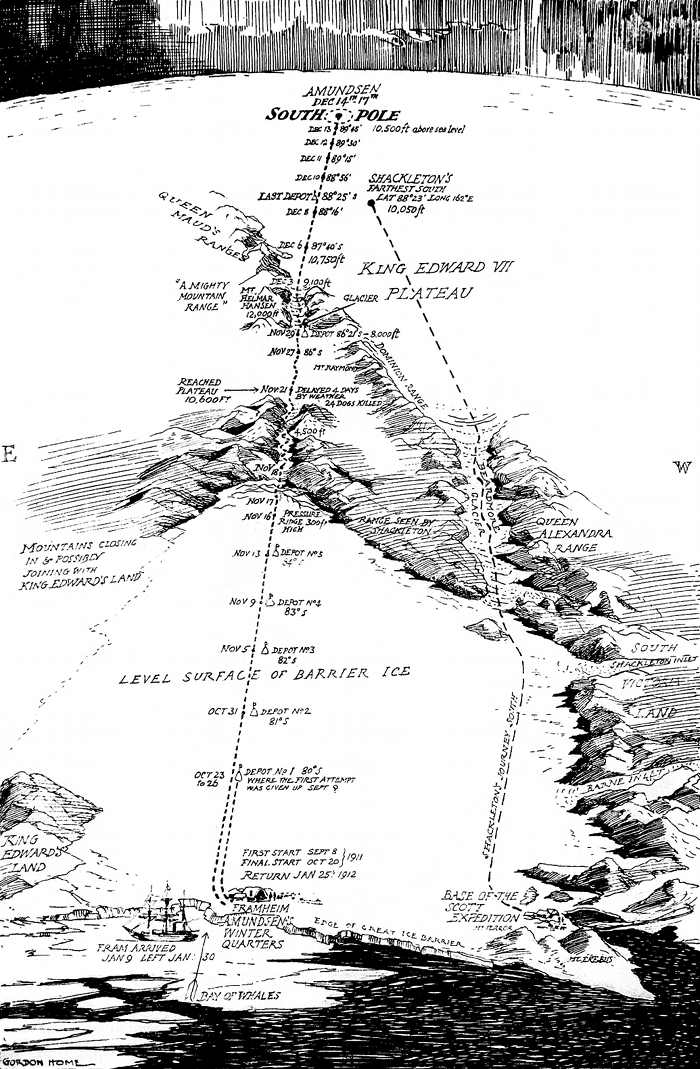
The food provisions of the expeditions
One of the biggest factors in the expeditions to the South Pole were the provisions. Feeding yourself in the Antartica is not an easy task, and it was the biggest of ordeals back in 1910. The food to be brought had to be carefully chosen. Non perishable, nutritious, easy to handle and transport. Things you would take into consideration on a long trip but having also in mind the extreme conditions of the land about to be explored.
Even if, while still located in the Framheim, Amundsen expedition was still eating products like jam, cheese and even pancakes, the moment a selected group of explores with Road as the head left for the South Pole, it was a combination of pemmican, biscuits, chocolate and powdered milk that was going to keep the Norwegians alive.
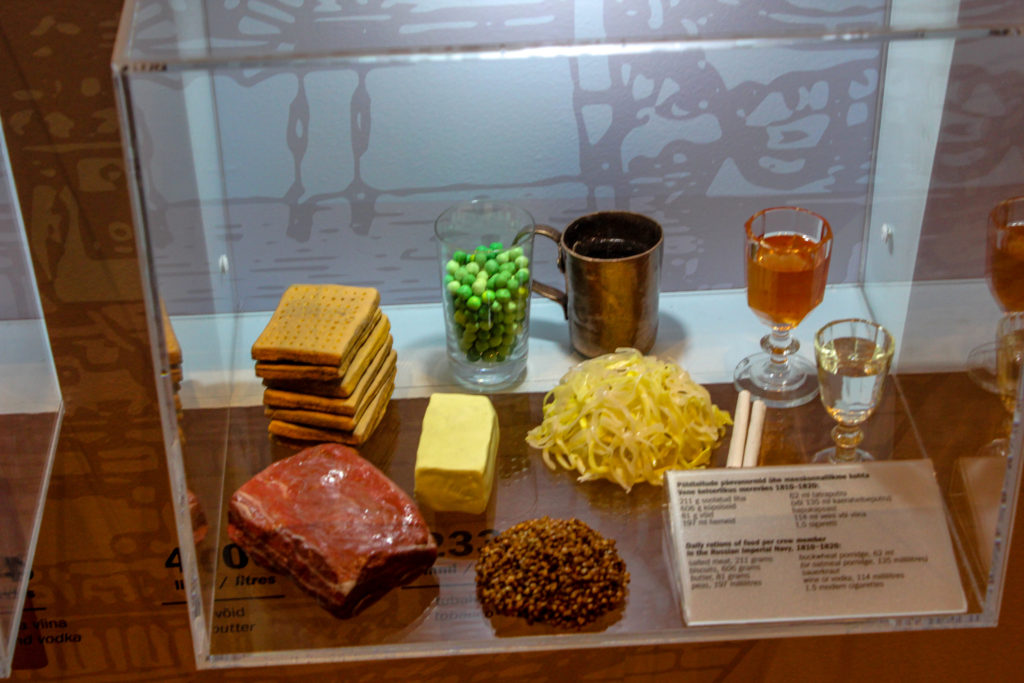
Pemmican was the essential element of the diet of a explorer at that time. A concentrated mixture of fat and protein consisting of dried meat, melted fat and sometimes also dried fruits for a higher content of carbs. This power food, canned, would give most of the protein to the explorers, but lack in some vitamins essential to the proper nutrition. Something that is quite normal, considering that vitamins had not even been discovered at the time of the happenings.
Scott’s men diet, had a bit of the pride of the Brits, the most powerful country at the time. The company Huntley & Palmers, based in Suffolk and running since 1822, had prepared a secret recipe for biscuits that according to some of the members of Scott’s crew were the most filling biscuits to ever been made. Of course they were accompanied by heaps of pemmican. The drinks of choice would be cocoa and tea and while in the base camp some seal and penguin meat would also be consumed.
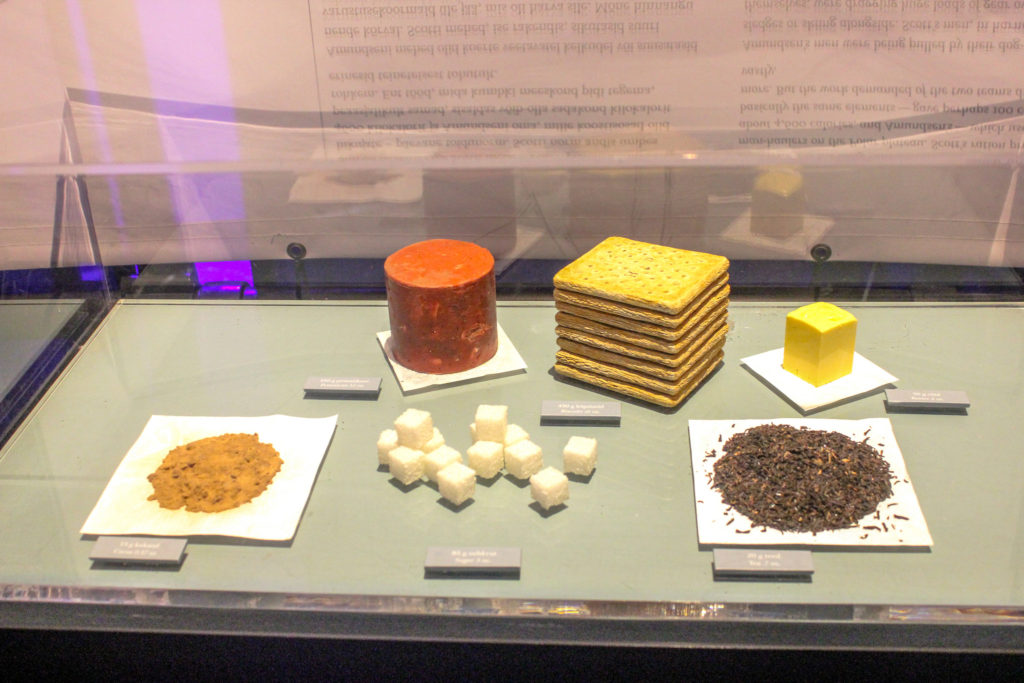
The dogs and ponies that had come with both expeditions soon would be used as food too, when the conditions delayed the trip and thus the predicted rations were not enough. The vitamin C coming from this meat would help prevent the scurvy, but also mean that for a big part of the journey of the British expedition, the provisions had to be man-hauled, what raised the daily calorie consumption of each man to over 7000.
Weather conditions in Antarctica
The continent of Antarctica, immense as it is, does not have the same weather conditions all throughout. But to say they are always on the extreme side is un understatement. The area where the expeditions started from has an average temperature of -3ºC on the warmest of months, December, and as you get closer to the South Pole that temperature can reach -32ºC on average. So even if the expeditions of Amundsen and Scott obviously started on the warm month, there was still much to be dealt with even for experience adventurers.
On top of that, there is no windier place in this world than the Antarctica, the wind cuts and the sun blinds. There is no way your body can adapt to that, so you are always pushed to your limits, from the moment you set foot on the white perpetual snows.
The first steps of the expedition
Amundsen decided to take a risk upon arrival to Antartica by building his base camp, Framheim, on the Ross Ice Shelf instead of the continent’s mainland. He would save 110 kilometres off the itinerary of Scott. A wooden hut and 14 pyramid tents, connected with tunnels caved through the ice created a small underground village in this base camp.
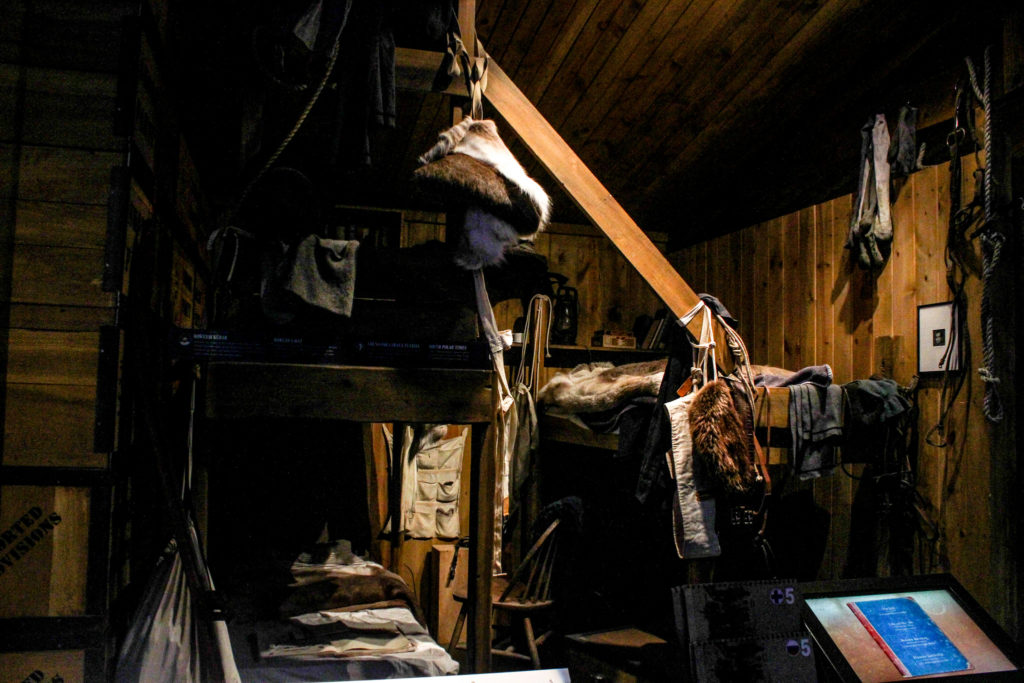
Some tents served as kennel, while the men would sleep and eat in the hut that had some rooms carved under the snow too, including a bathroom and even a sauna.
When choosing the location for his base camp, Scott decided that the Terra Nova expedition would start from Cape Evans, a place he was already familiar with. Scott’s base camp was, following the naval tradition, divided. It had two spaces separated by a wall of provisions and supplies, one for the officers and another for the enlisted men.
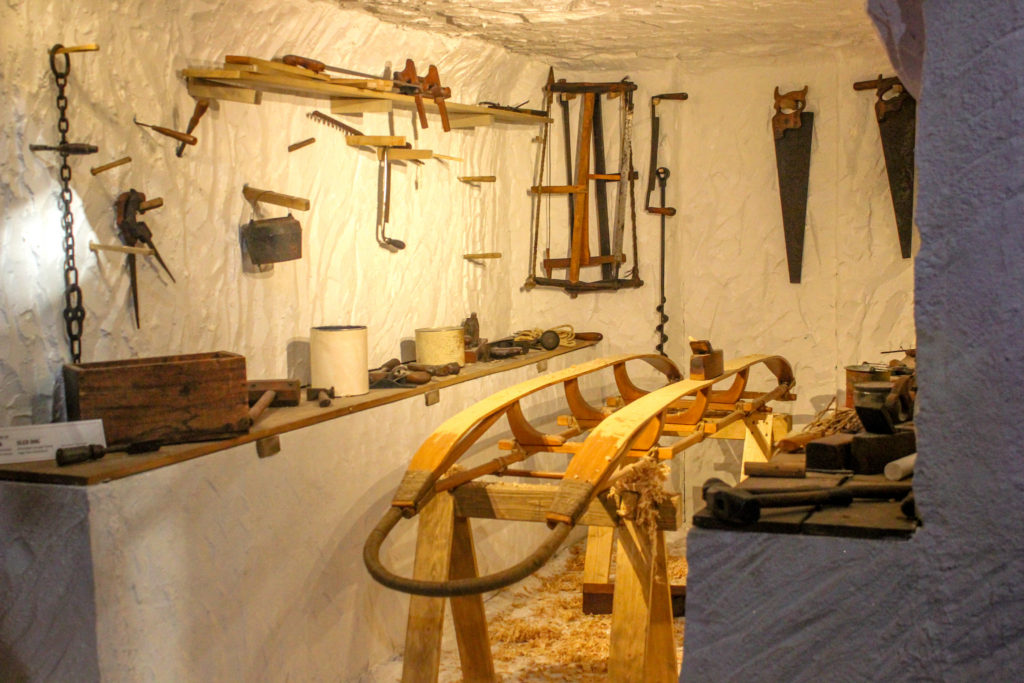
The Norwegian expedition was the first to get going, starting the trip towards the South Pole on the 19th of October 1911 with five men, four sledges and 52 dogs. The British one, consisting of 16 men, two motor sledges, dogs and ponies started almost two weeks later, on November the 1st. They had an advantage over the Norwegians on paper, the route was known, while Amundsen’s had to be decided on the spot. He, however, thought he would be able to spend less time on the mountain ranges with this alternative route.
Reaching the Pole
On the 14th of December 1911 the Norwegian expedition became the first ever to reach the South Pole. Five men would be forever remembered for that: Helmer Hanssen, Olav Bjaaland, Sverre Hassel, Oscar Wisting and, of course Roald Amundsen. To make sure the Pole was properly marked, the crew pitched a tent they called Polheim -home on the Pole-, in which Amundsen left provisions for Scott in addition to a letter addressed to the then king of Norway, Haakon VII that he kindly asked Scott to deliver in case he would not make it back to the base camp.
More than a month later, the British team reached Polheim. It was a 17th of January when Robert Falcon Scott learned of his failed attempt to be the first to set foot on the South Pole. He was with Edward Wilson, Henry Bowers, Lawrence Oates and Edgar Evans. None of the would make it out of the vast white continent.
Way back and terrible end for the Terra Nova expedition
Instilled by the energy of victory, Amundsen return to Framheim was relatively uneventful. Out of the 52 dogs that started the journey, 11 survived and carried the two sledges all the way to safety. It had been a 99-day trip (beating by 10 days the projected schedule, thus proving an outstanding preparation). The only mark left on the bodies of the Norwegians were minor frostbites, a very easy price to pay.
The Terra Nova party, led by Scott, had a completely different experience. The five-men party (originally predicted to be of four) began suffering extremely from the moment they reached the Ross Ice Shelf. Edgar Evans would die while they were still descending the glacier. And, very affected by frostbite on feet and hands, Lawrence Oates decided to be the next sacrifice by leaving the other three on the tent to the famous words: “I am just going outside and may be some time”.
Frostbite, which occurs when water in the flesh turns into ice crystals and snow-blindness, caused by sunburn of the cornea and treated by cocaine eye-drops were only two symptoms of the struggles Scott’s party had to deal with, slowed down to a pace that was not enough to reach the depots eventually the three remaining men would be found dead 18 kilometres away of the One Ton Depot. Scott’s last diary entry, dated 29 March 1912 suggest that was the day they three died.
What can we learn from this adventure
It’s hard to judge whether Scott was just very unlucky on his return trip or he did some things wrong. There are basically two schools on thought on that regard, people who demonise Scott and people who think he was a true hero that was overwhelmed by the bad weather conditions. However, it is true that Amundsen stuck to what he knew: dogs and skies, when choosing the transportation means, while Scott tried a bit of everything: dogs, ponies, motor sledges and skis. This variety which could have proved helpful on paper, meant no one was particularly trained to use each of the systems.
Amundsen’s return trip was relatively quick and he made it finally back when January was coming to an end, still on the warmest of times in Antarctica, whilst Scott expedition, forced to man haul for a long time, had already initially planned for a return time around March, when the average temperature is already 15 Celsius less than in January.
Another thing to be learnt by this trip is how relevant your morals can be to the outcome of your adventures. And the best example with this is the treatment of the dogs in both parties. While Scott made sure the dogs were properly taken care of at all times, Amundsen didn’t find much struggle in getting rid of any dog who was underperforming to feed its meat to the rest of the pack. Could Scott have saved his life had he been not so considerate to the animals? Who knows, but skiing and running sledges with dogs seems like a much less demanding task than man hauling the sledges.
Attention to detail also comes to mind when figuring out the reason behind the outcome of this adventure. Particularly when we think about the essential fuel containers. Scott, who had already had trouble with fuel evaporating during his first expedition to the Antarctica, did nothing to solved this, while Amundsen made sure that his containers were properly sealed and that little extra fuel can be a huge difference when you are permanently several degrees below zero.
It seems that all this things I have just mentioned could have definitely given the edge to the Norwegian expedition even before the adventure started. But of course, we see this from the perspective of a world in which, over a hundred years later, there is a permanent research base, the Amundsen–Scott South Pole Station in a place that no one had ever reached before these glorious men. Technology keeps on advancing and it probably means we will never again, at least on the planet Earth, hear of heroic adventurers defying nature and paying with their lives the price of being the first men to ever achieve great success.
One of the most fascinating adventures to ever be faced by mankind, on a time that made what nowadays still is a tremendously hard and resource consuming task, an almost impossible one. That’s how the first expeditions to ever make it to the South Pole went. And what you can learn from them is that preparation, and adaptation, are never to be underestimated.
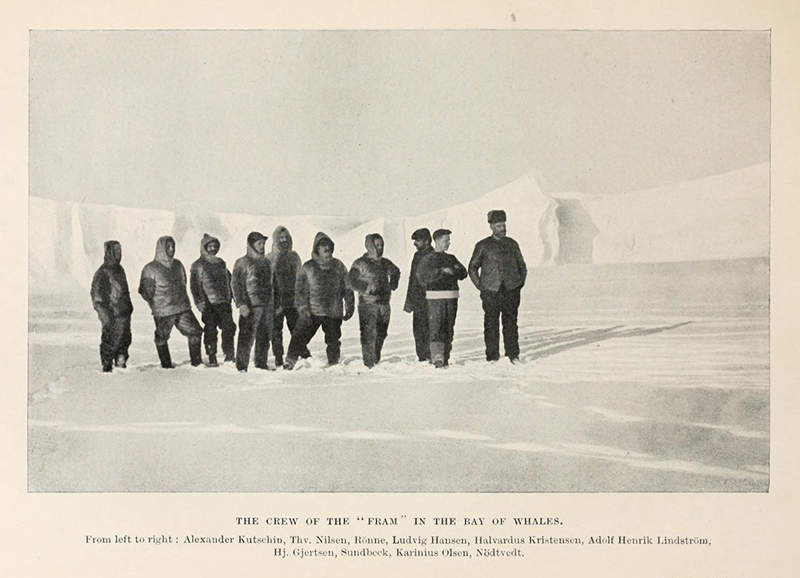
One Reply to “Going to Antarctica (historical description of Amundsen and Scott’s expeditions)”